While cosmos may seem like spontaneous wildflowers in your garden, their true nature is more nuanced.
Originally from the Compositae genus, cosmos were intentionally introduced to different continents and cultivated for their beauty and adaptability. Despite their ability to self-seed, their preference for well-drained, sunny spots suggests more cultivation than wild spontaneity.
Consider the implications of classifying cosmos as wild or cultivated and how this shapes our view of natural versus managed landscapes. So, are cosmos wildflowers? What does it tell us about human influence on our perception of ‘natural’ beauty?
Defining Wildflowers
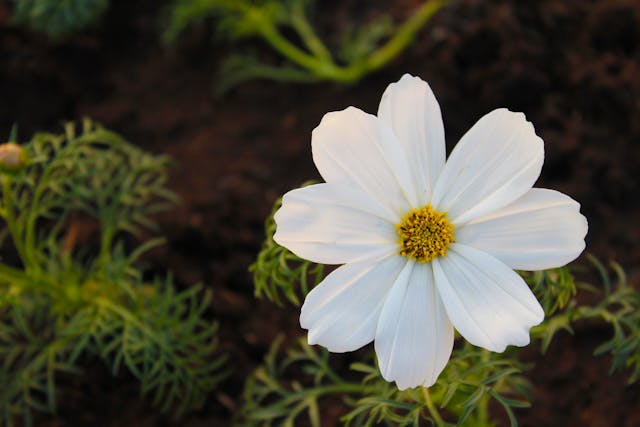

Wildflowers are plants that grow naturally without being intentionally planted or seeded, adapting to their local climate and soil conditions. Recognizing that cosmos, a common wildflower, fits this description is important for managing your garden. These flowers thrive with minimal intervention, aligning well with a sustainable gardening approach.
Cosmos are part of the Compositae genus, with over 20 species, and belong to the Asteraceae family, which includes more than 23,500 varieties. This diversity allows you to choose the types that best match your garden’s look and ecological needs. Cosmos can be either herbaceous perennials or annuals and can grow impressively tall, from 1 to 7 feet.
Knowing these traits helps you decide where to place and how to care for cosmos in your garden. These flowers thrive in well-drained, sandy soil and full sunlight, requiring little maintenance. This makes it easier for you to control your garden’s design and upkeep while enjoying its natural beauty and resilience.
Origins of Cosmos
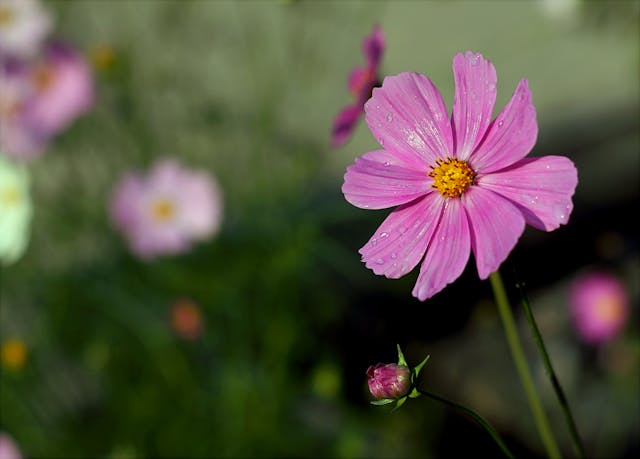

The cosmos, discovered by Spanish explorers in the 16th century, quickly gained global popularity. Its spread across continents wasn’t by chance but due to enthusiasts captivated by its star-like form. This family includes many plants, such as flowers, shrubs, vines, and trees, which have practical uses, making cosmos a popular choice for gardens worldwide.
Cosmos arrived in England in 1789 and later in the United States in the mid-1800s. It was more than just another flower; it symbolized a growing horticultural influence where aesthetic control over nature was as important as utility. Integrating cosmos into your garden allows you to join a long tradition of botanical mastery and environmental management. The plant’s ability to thrive in various climates while maintaining its beauty showcases both natural resilience and human ingenuity.
As you cultivate cosmos, remember that you’re continuing a lineage of botanical exploration and cultural exchange. Its presence in your garden reflects a blend of history, science, and art, shaped by your personal touch and control over its environment.
Cosmos in Natural Habitats


Cosmos thrive naturally in diverse environments, from scrublands to meadows across various continents. These resilient wildflowers adapt to a wide range of conditions, ensuring their survival without human intervention. Their ability to flourish in climates from North America to South Africa highlights their robustness.
In their natural habitats, cosmos dominate well-drained, sandy soils and thrive with minimal water. This makes them ideal for low-maintenance landscaping in challenging environments. Their drought tolerance and preference for poorer soils benefit ecological preserves and natural spaces.
Understanding the conditions cosmos prefers helps manage their spread and health. They self-seed prolifically, sustaining and expanding floral displays without replanting. Cosmos enhance biodiversity in meadows and scrublands and serve as a model for sustainable plant integration.
Cultivation Versus Naturalization
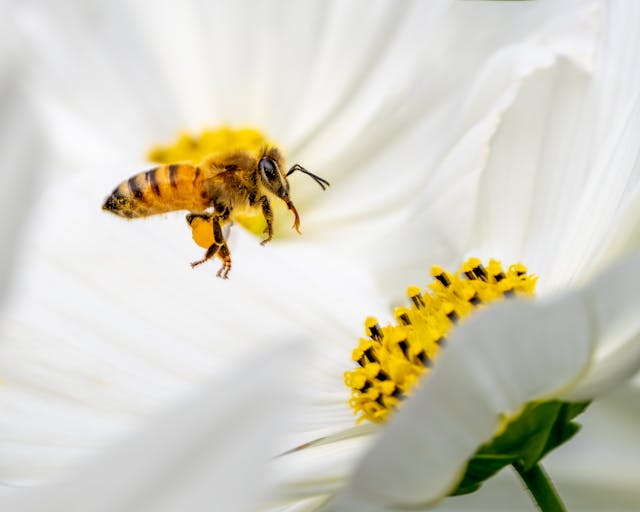

Understanding the differences between cultivation and naturalization of cosmos can guide your gardening or ecological management strategies effectively.
When you cultivate cosmos, you control the environment, soil conditions, spacing, and watering to ensure vibrant blooms and robust growth. You can select specific varieties for their height, color, or bloom duration to meet your aesthetic or functional needs.
Naturalization, on the other hand, lets cosmos adapt to local conditions with minimal human intervention. In this approach, cosmos spread naturally and evolved to fit their environment. While naturalized cosmos may lack the uniformity and intense color of cultivated varieties, they offer a sustainable approach that integrates well into the local ecosystem with little upkeep.
Consider your goals when deciding between cultivation and naturalization. If you want a specific look or need blooms for certain occasions, cultivation is the way to go. If you prefer a low-maintenance garden that supports local wildlife and blends into the natural landscape, naturalization might be better. Choose the approach that aligns with your gardening ambitions and ecological values.
Impact on Local Ecosystems
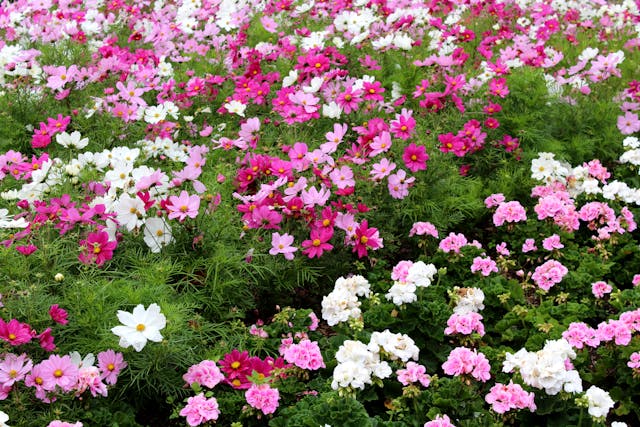
When deciding whether to cultivate or naturalize cosmos, it’s crucial to consider their impact on local ecosystems. Introducing cosmos into your garden can disrupt native plant dynamics, particularly if vigorous self-seeders like Cosmos bipinnatus overpower local flora, reducing biodiversity.
However, if you manage their spread, cosmos can attract various pollinators. Their vibrant blooms serve as essential food sources for bees, butterflies, and other beneficial insects, enhancing pollination rates and overall garden health.
You have the power to shape these outcomes. By strategically placing cosmos to avoid overshadowing native species and carefully monitoring their propagation, you can mitigate any negative impacts while still enjoying their beauty and ecological benefits. Remember, your gardening practices directly influence local wildlife and plant communities. Choose wisely to make a positive contribution to your ecosystem.
Cosmos Seeds Thrive: AeroGarden’s Secret to Floral Splendor
 AeroGarden Harvest with Gourmet Herb Seed Pod Kit
AeroGarden Harvest with Gourmet Herb Seed Pod Kit Easily cultivate indoor gardens with the AeroGarden Harvest. This hydroponic system supports six plants up to 12 inches tall, thriving in water without soil mess. Its 20W LED grow light accelerates germination, mimicking sunlight. The touch-sensitive control panel simplifies monitoring, reminding you to add water and plant food. Complete with LED grow light system, power adapter, plant food, and Gourmet Herb Seed Pod Kit, it's all you need for vibrant indoor greenery. Start your hassle-free gardening journey today!
- Indoor gardening made easy with AeroGarden Harvest, eliminating soil mess.
- Year-round harvests regardless of outdoor conditions.
- Compact countertop design accommodates six plants.
- Accelerated growth thanks to the 20W LED grow light.
- Higher upfront cost compared to traditional gardening methods.
- Reliance on electricity for the LED light increases energy consumption.
- Limited plant variety may be restrictive for some users.
Conclusion
To sum up, you’ve seen that cosmos aren’t wildflowers but cultivated beauties introduced by human hands to various landscapes. While they adapt well and can self-seed, their reliance on specific soil and sunlight aligns more with garden flowers than truly wild species.
As you explore their impact and role, remember their origins and how they’ve traveled across borders, shaping and being shaped by the environments they’re planted in, rather than emerging naturally from them.




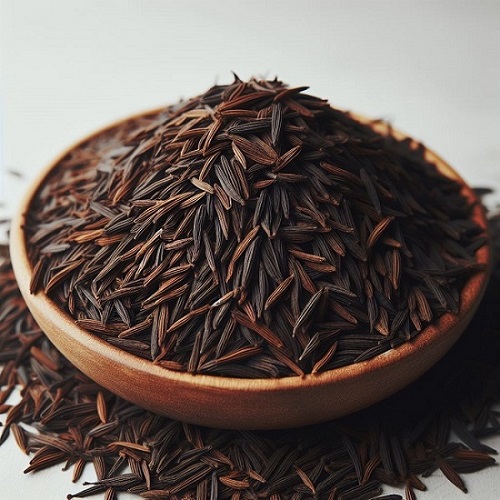


Konnichiwa! (Hello!) I'm Pat Tokuyama, a Japanese tofu cookbook author, who travels for music, food, and adventure. If you like Japanese tea, checkout some of the newestorganic japanese tea, matcha bowls and noren and more!
** Curious about the Plant Based Japanese Cooking Club? ** Learn more here!